How to use insect repellent properly when you're hiking or trail running
We speak to an expert to get you the best insect repellent tips for hiking and running
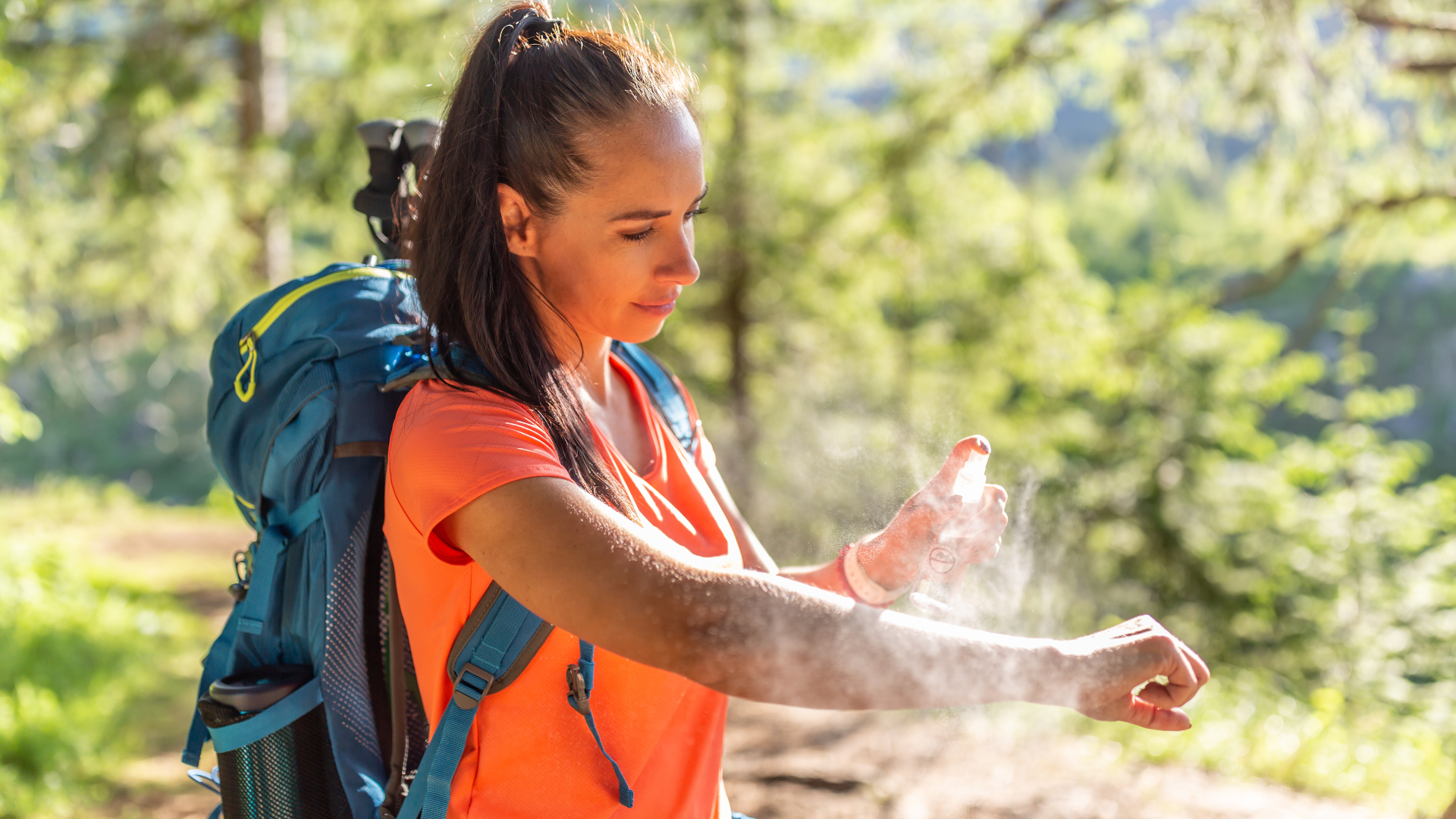
Applying insect repellent hardly seems like a subject worthy of a lot of thought. Spray it on and head out into the wild, armored against pests like midges, mosquitos and ticks, right? But when it comes to activities like hiking and running, it turns out that there’s a bit more to consider, from finding an insect repellent suitable for covering large areas of skin to where and how to apply it to protect the most vulnerable areas and keep your eyes free of the stuff when you break a sweat. To get the best advice, we sat down with Matt Jones, product manager of Lifesystems, to get some insect repellent tips for hiking and running.

1. Consider climate and location first
Naturally, we wanted to know first and foremost what is the best insect repellent for activities like hiking and running, and according to Jones, the answer doesn’t just come down to your activity. First, you want to make sure you choose an insect repellent based on where you’re going to be, since that determines what types of critters might be hanging around, as well as the climate.
“If you’re in a place with a warm or tropical climate, and where mosquitoes and the risk of insect-borne diseases are higher, you need to opt for a high-strength repellent,” explains Jones, who recommends the Lifesystems Expedition MAX for such adventures.
In these types of areas, DEET-based repellents are widely accepted to offer the most reliable protection, however Jones acknowledges that you may want to avoid DEET and mosquitoes may not be a major concern where you live. In that case, he explains that if you are running or hiking somewhere with a cooler climate, you have the option to choose a repellent with a different active ingredient.
“If you’re running or hiking somewhere like Scotland or the Lake District where midges are an issue, we’d recommend choosing a repellent with Saltidin as the active ingredient such as our product Expedition Sensitive.”
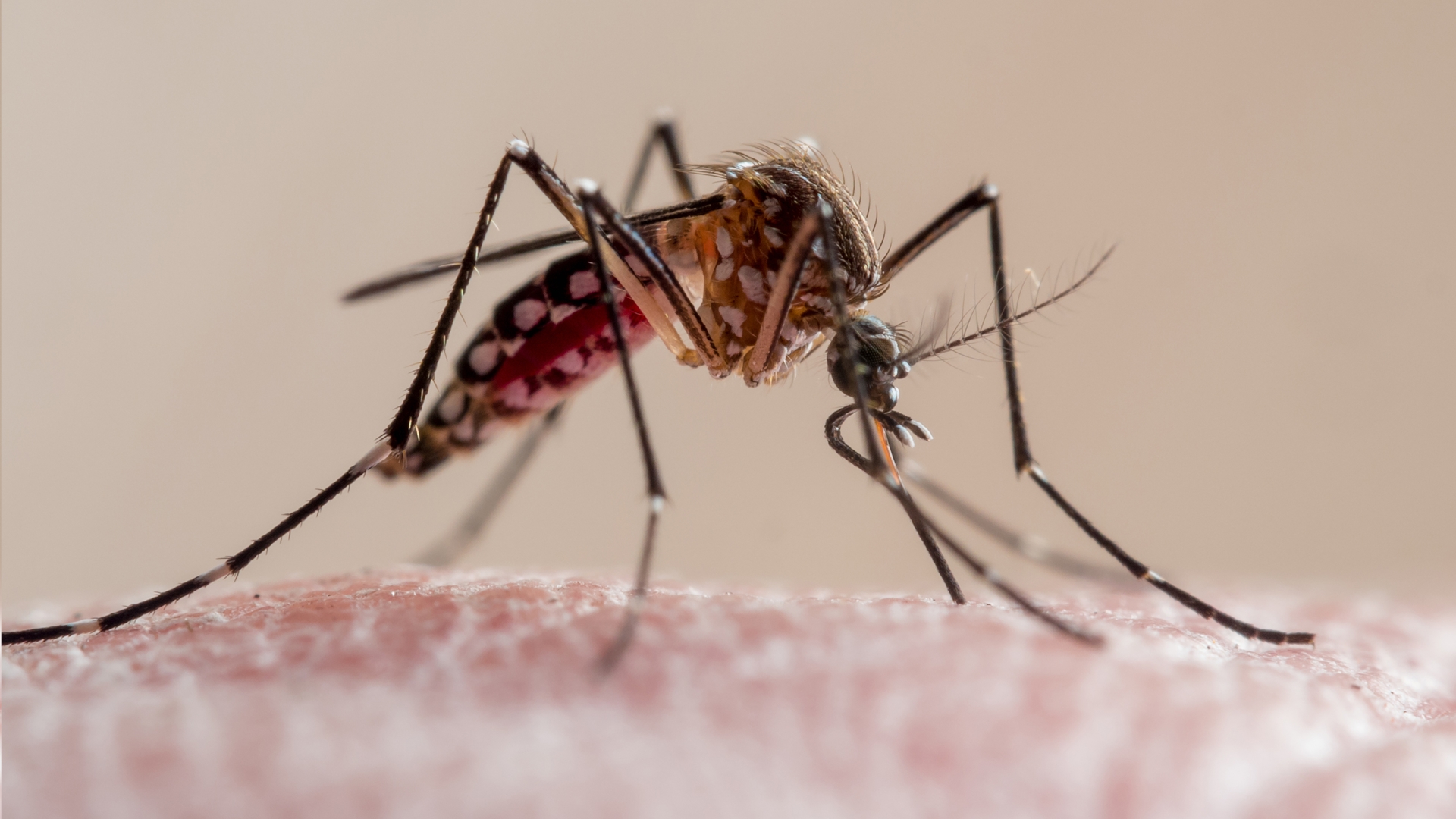
2. Choose a repellent suitable for widespread use
Let’s say you’re going on a long backpacking trip, or an epic trail run – you’d probably expect to be able to slap bug spray all over your arms and legs, since they’ll be exposed if you’re out in trail running shorts and a short sleeved running top, and reapply multiple times over the course of the day, wouldn’t you? Well according to Jones, not all insect repellent is designed with that kind of heavy use in mind.
“Traditionally, a lot of higher-strength repellents are developed with the idea that the user will be wearing full-length trousers and a long-sleeved shirt (think safari gear) so that this limits the amount of repellent that goes onto the skin, but this is not realistic for hikers or runners, particularly in summer. You want to make sure you choose a repellent that can be applied to the amount of skin that is likely to be exposed.”
Advnture Newsletter
All the latest inspiration, tips and guides to help you plan your next Advnture!
Although that sounds obvious for a bug spray, Jones explains that you’d be surprised when you read the small print on many labels to find that it may not be intended for all day, full-body use. If you're traveling, it's best to wait to buy insect repellent at your destination, since it's more likely to be appropriate to the climate.
When choosing your repellent, make sure to check the guidelines on how much of that formula can actually be applied in 24 hours and then make sure to follow these when you are applying your repellent. If you’re looking for a formula intended for this level of use, Jones recommends the Lifesystems Dermaloc which is intended to be reapplied up to three times in a day.
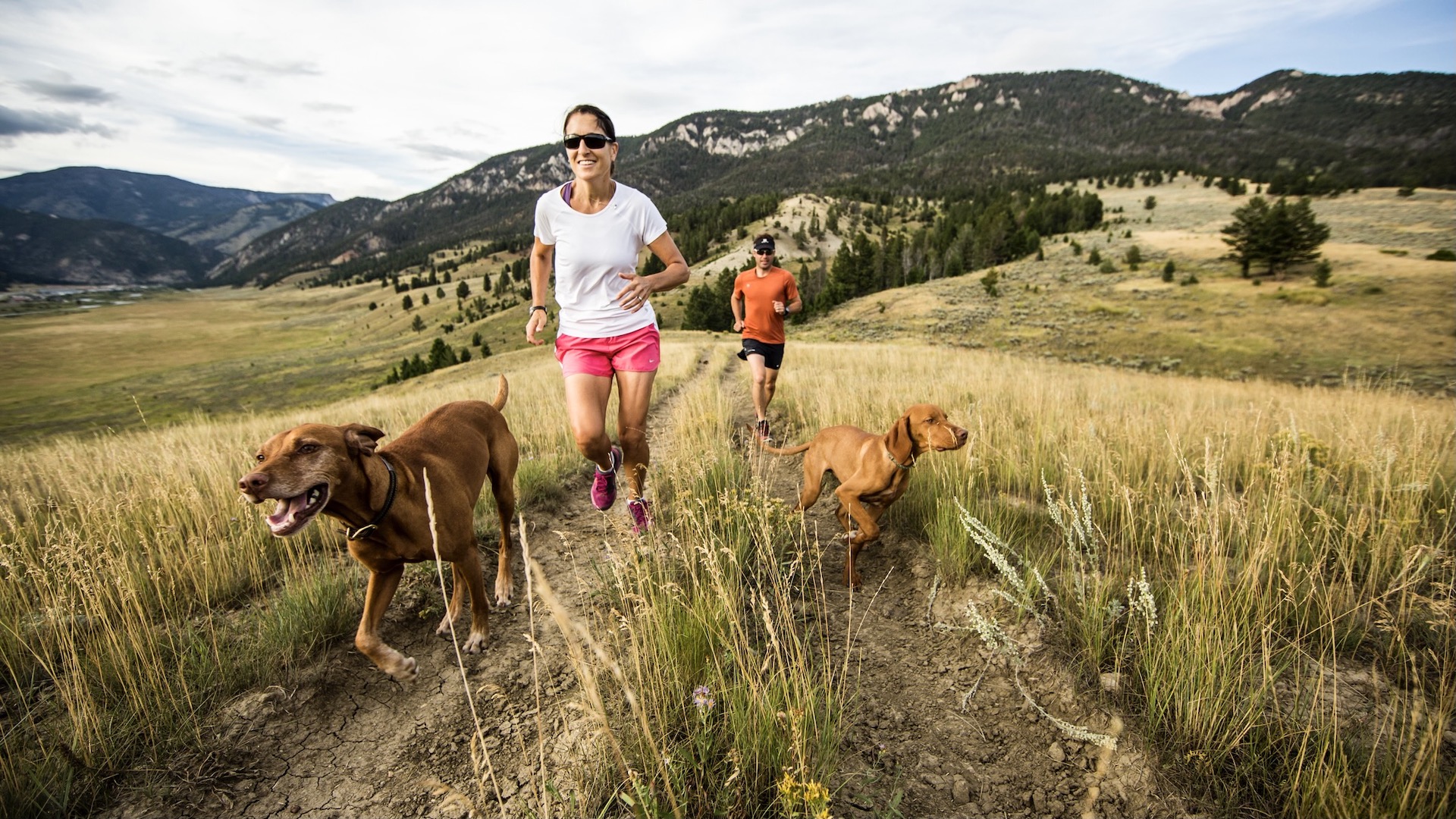
3. Pay attention to your lower body
Once you’ve chosen your insect repellent and it’s time to apply it, as a hiker or trail runner, you need to pay extra special attention to your lower body. Specifically, that means your groin, legs and ankles.
“These are all areas at high risk of tick bites which can potentially put you at risk of conditions like Lyme Disease,” explains Jones, adding that adventuring at certain times of day also puts you at higher risk since bugs like to come out to feast en masse.
“If you’re running at dawn or dusk, we’d advise you to be extra thorough with applying and topping up your repellent too. This is a peak time for midges and other biting insects.”
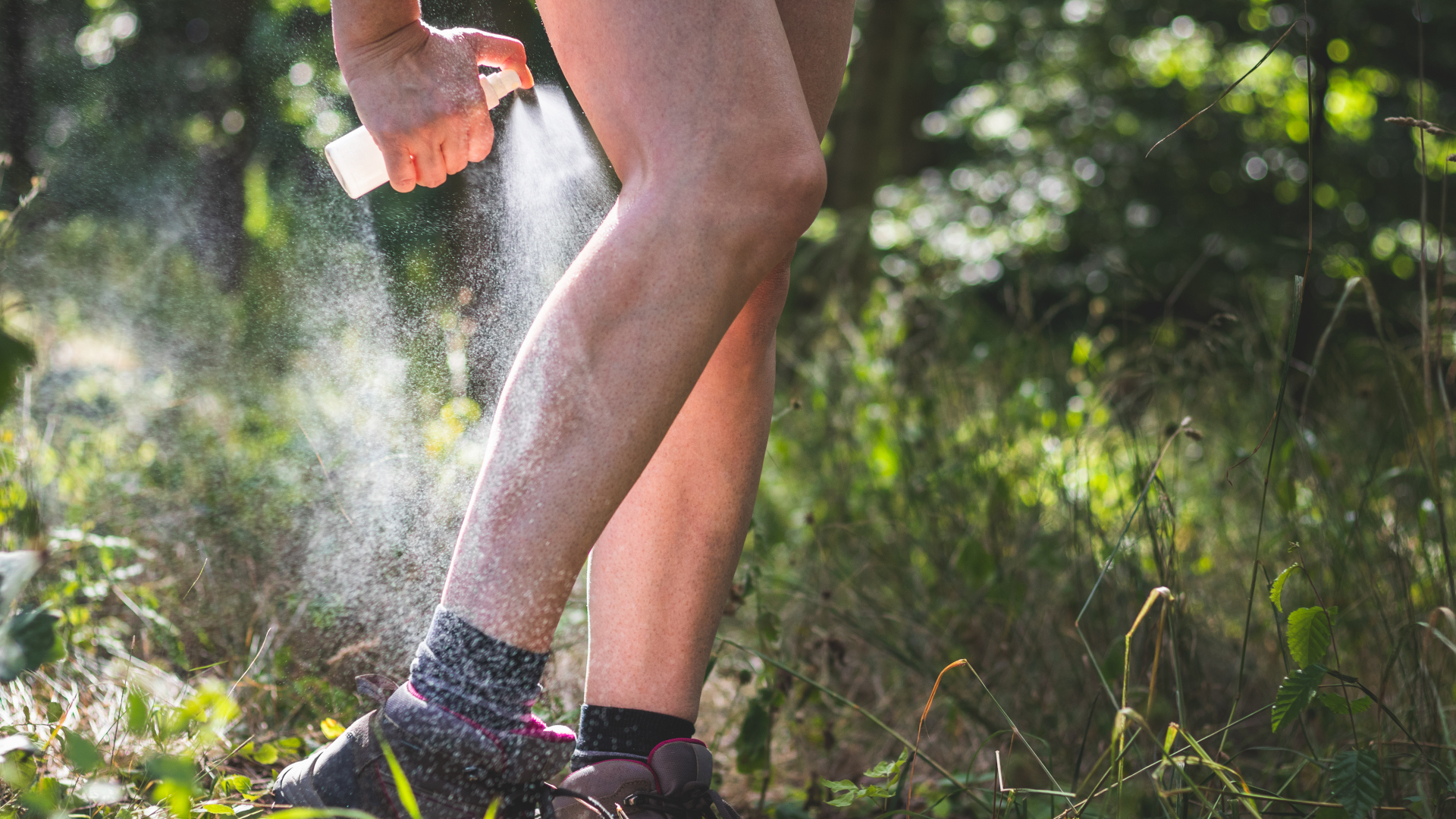
4. Consider spraying your clothes as well as skin
You may have heard that DEET-based insect repellents can cause some damage to your clothes, and naturally you want to keep your best hiking shorts in great condition, but when it comes down to the difference between your clothes and your health, Jones advises that it may be worth spraying a little on your clothing, too, especially if it’s thin enough for a mosquito to bite through.
“This will help increase protection where repellent hasn’t been applied and is at less risk of wearing off over the course of your workout.”
We did a little investigating on this matter, and learned that while DEET-based spray might indeed damage your synthetic clothing over time, it doesn’t appear to have the same effect on natural fabrics such as clothing made from merino wool, so there’s a good argument there for investing in some non-synthetic clothing for your wild adventures. Not only will this stand up better against your insect repellent, it gets less stinky with sweaty use too, which is a major win.
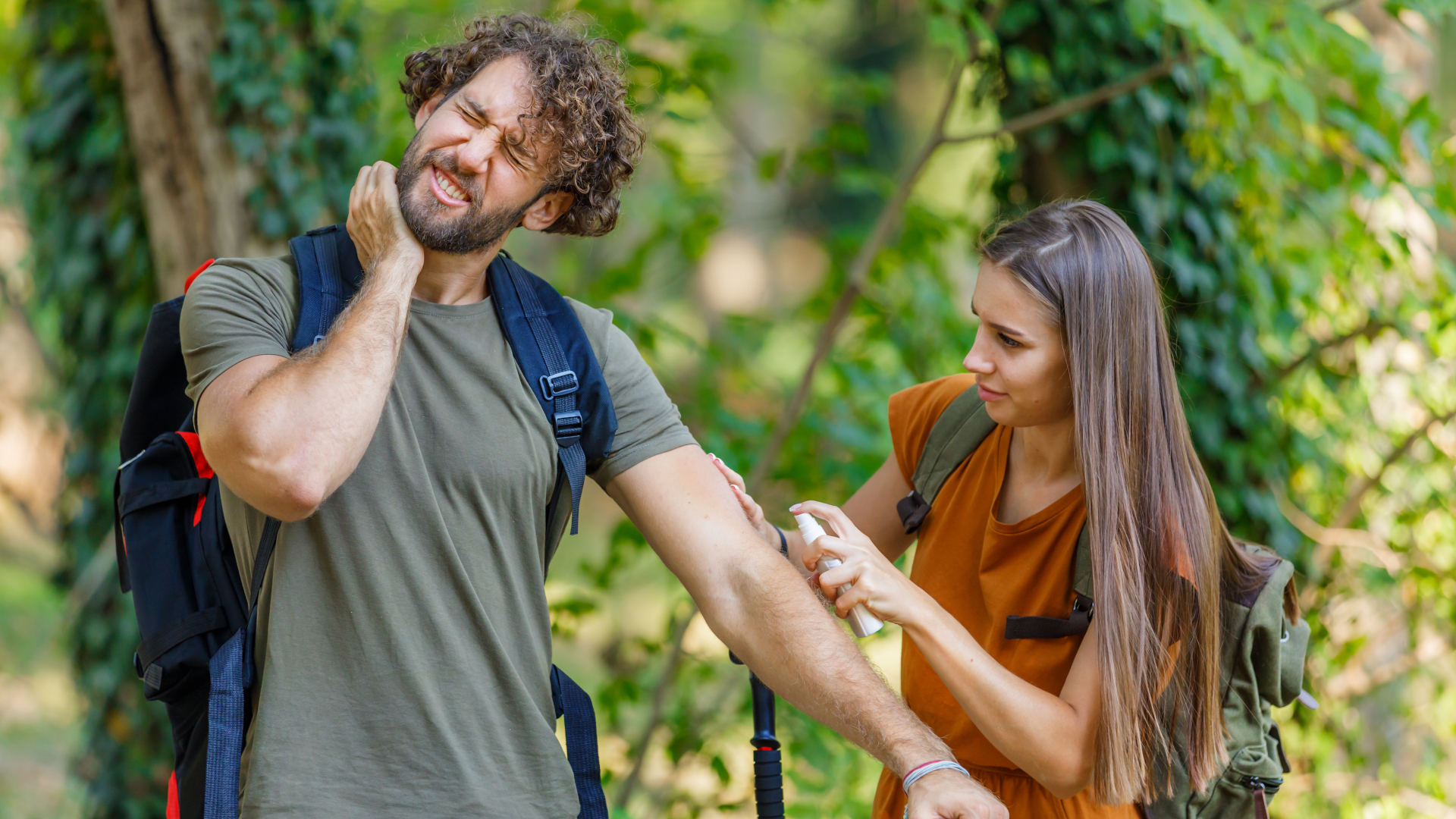
5. Always apply sunscreen first
Chances are, you’ll want to protect your skin against the sun as well as bug bites when you’re on the trail, and as we’ve previously explained, you want to make sure to apply your sunscreen first, wait 15 minutes, and then spray on your insect repellent. This both improves the performance of your sunscreen, and reduces the amount of DEET absorption into your skin.
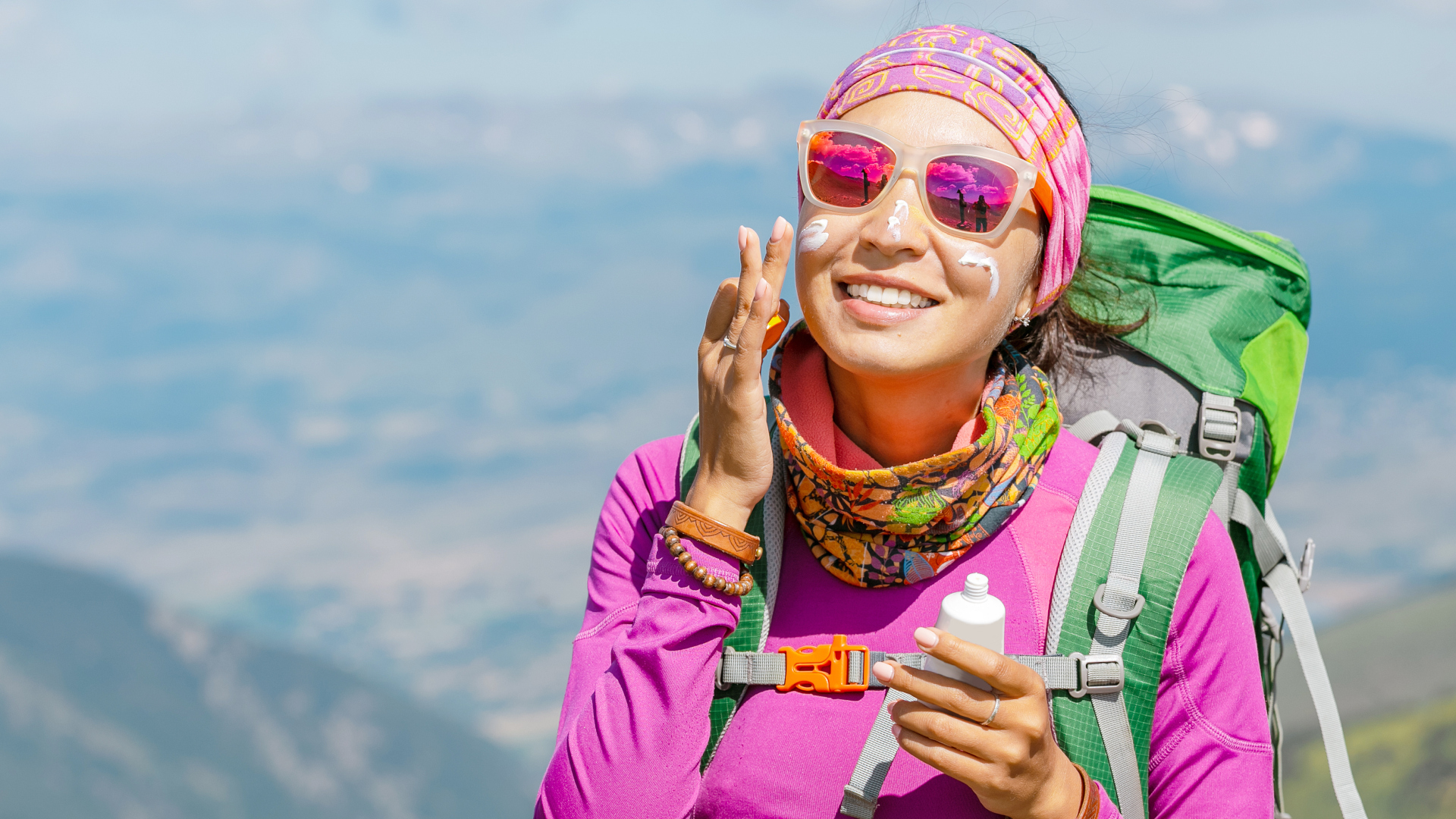
6. Take care with your face and eyes
Finally, whatever activity you’re doing and whichever formula you choose, you should be extra careful when applying repellent to your face, particularly since any health problems thought to be caused by DEET have been the result of ingesting it, and not through skin absorption..
“Never spray it directly on your face and always make sure not to apply too much. At Lifesystems we recommend spraying a small amount onto the palm of your hand and then applying it sparingly to your face,” advises Jones.
Sparingly is the operative word here – you might have had a nasty experience already with slapping on the bug spray and then spending half your hike or run blind and in agony once you start sweating and the insect repellent starts running into your eyes. To avoid repeating that painful experience, Jones offers these final words of wisdom:
“If you know you’re going to work up a sweat, we would recommend trying to avoid the eye area, and any skin around it, completely. Focus the repellent around the neck and lower face. You could always spray some repellent on your cap or headband to provide protection without the risk of it going into your eyes too.”
If you’re going to be moving fast, a pair of the best trail running sunglasses will keep bugs – and the sun’s harmful rays – out of your peepers anyway.
- Best insect repellents: keep the bugs at bay when hiking and camping
- Best trail running shoes: footwear for speed on tough terrain
Julia Clarke is a staff writer for Advnture.com and the author of the book Restorative Yoga for Beginners. She loves to explore mountains on foot, bike, skis and belay and then recover on the the yoga mat. Julia graduated with a degree in journalism in 2004 and spent eight years working as a radio presenter in Kansas City, Vermont, Boston and New York City before discovering the joys of the Rocky Mountains. She then detoured west to Colorado and enjoyed 11 years teaching yoga in Vail before returning to her hometown of Glasgow, Scotland in 2020 to focus on family and writing.

